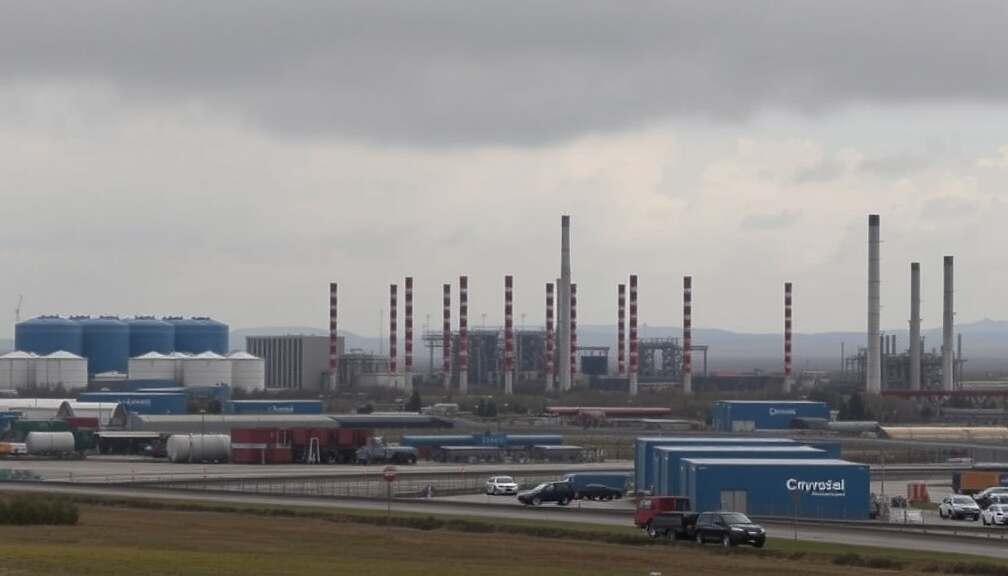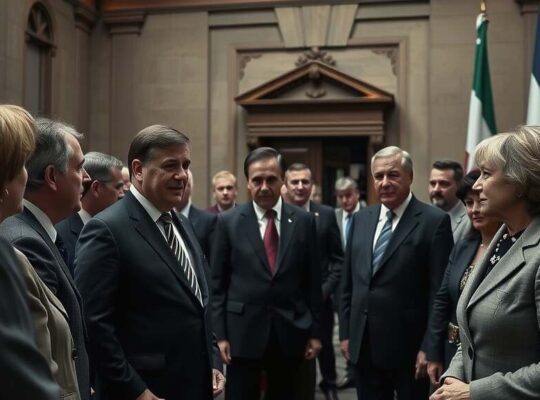The German government is facing mounting criticism over a new industrial electricity price subsidy program projected to cost taxpayers upwards of €3.1 billion, a figure initially understated by Finance Minister Lars Klingbeil. According to a policy paper from the Federal Ministry for Economic Affairs and Climate Action, leaked to Politico, the initiative, designed to bolster Germany’s industrial competitiveness, will be significantly more expensive than previously anticipated.
The program, retroactively applicable to 2026 but with companies able to apply in 2027, is intended to supplement the existing electricity price compensation scheme. A key element is the introduction of a fixed electricity price of €0.05 per kilowatt-hour, with companies able to claim back 50% of the difference between this price and market rates for consumption up to 50% of their total annual usage. This “choice of instrument” granted to businesses-allowing them to opt for either the industrial electricity price or the expanded compensation scheme-is already sparking debate regarding potential inequities and unfair advantage.
The structure of the subsidy is further complicated by a planned “degressive” implementation, with companies receiving the greatest relief in the first year of operation and diminishing support in subsequent years. This design, purportedly intended to stimulate rapid investment, has been questioned by some observers as potentially favoring larger corporations with greater capacity to benefit from the initial surge of funding. The highest costs to the state, totaling €1.5 billion, are predictably scheduled for 2027, followed by €800 million in each of the following two years.
The beneficiaries of this substantial financial commitment are broad, encompassing upwards of 91 economic sectors and sub-sectors, ranging from significant portions of the chemical, metal, rubber, plastics, glass, ceramics, cement, battery cell and semiconductor industries, to parts of the paper, machinery and raw material extraction sectors. The sheer breadth of eligibility raises concerns about potential “deadweight loss”-subsidizing companies that would have invested regardless.
A contentious requirement stipulates that half of the subsidy funds, roughly €750 million annually, must be channeled into new or modernized facilities demonstrating a measurable contribution to lowering electricity system costs while avoiding increased consumption of fossil fuels. Acceptable investments encompass renewable energy generation, energy storage, energy efficiency improvements and electrolyzers. While presented as “technology-open” the approval process remains subject to a yet-to-be-defined framework negotiated with the European Commission. The ability to transfer these investments to “third parties” also raises concerns about accountability and potential for circumvention of the stated objectives.
Critics are also questioning the transparency and oversight mechanisms, particularly regarding the “flexibility bonus” – an additional 10% subsidy offered for investments exceeding 80% of the allotted funds. The minimal requirement of 75% of the flexibility bonus being invested, coupled with the capacity for third-party transfers, fuels accusations of a lack of robust control and potential for abuse. The program, already facing scrutiny for its cost, its complex structure and its potential to distort market dynamics, is likely to intensify debate about the effectiveness and ethical implications of large-scale industrial subsidies in Germany.












